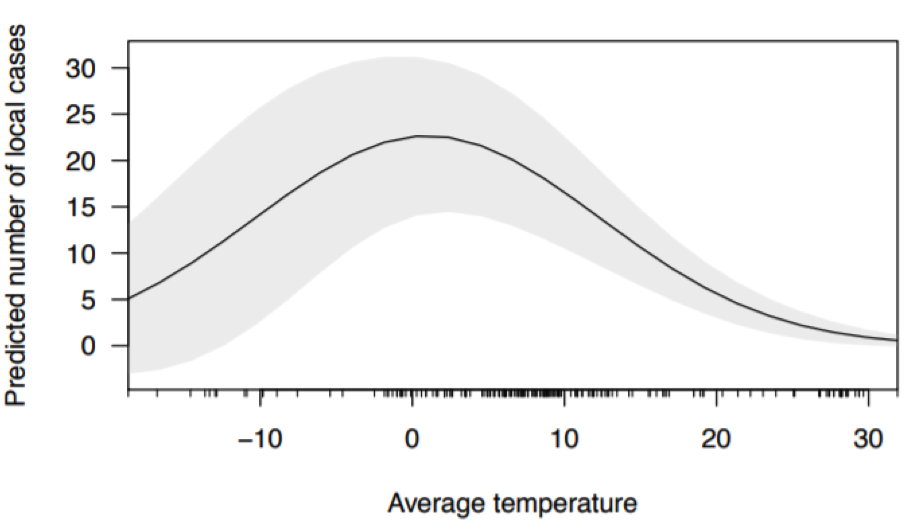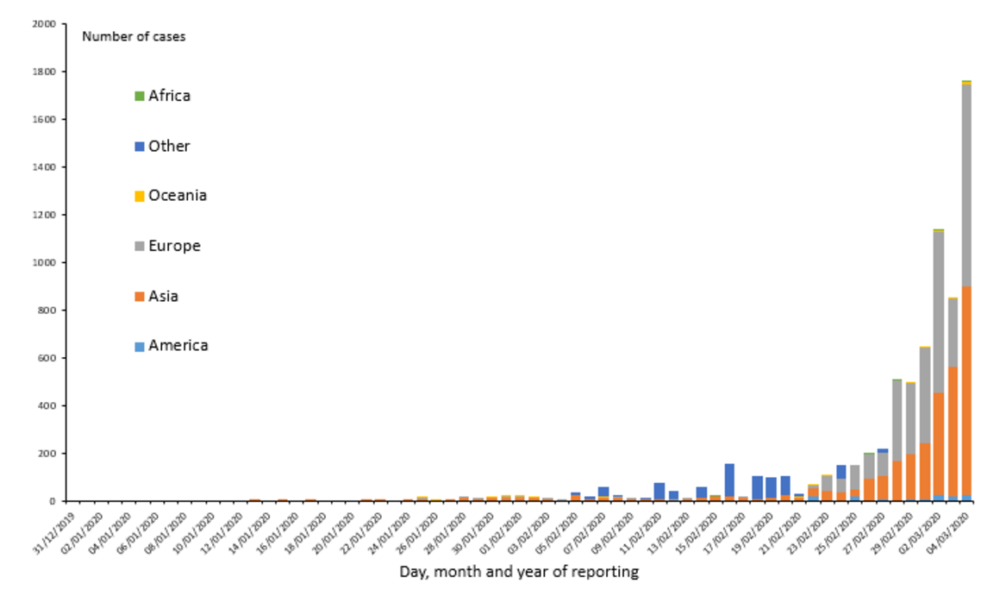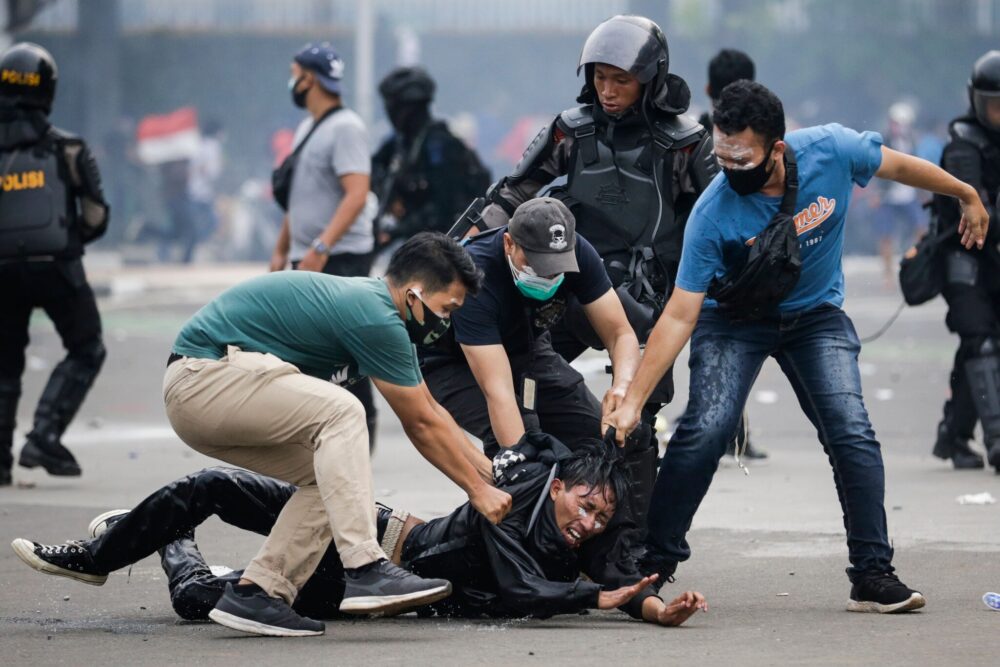Winter is coming, first and foremost it is tinderbox for colds and flu.
This has hike fears that coronavirus will be torrent when the season changes, possibly conduct to a second wave of the novel virus that is even extremer than the first. However, predicting what a COVID winter will impact is complex and uncertain primacy- there are reasons both to be anxious and to be consoled. The World Health Organisation (WHO) has already cautioned that it has no reason to believe that the chilly weather can kill the virus. However, experts do agree on the fact that the varying temperature impacts virus differently with most seasonal viruses getting more active in the winter months.

Why are the finding around COVID so controversial, and why has the country seen most cases during its hot and humid summer? In this special feature, we research How will winter cold and flu season mean to the coronavirus. So are we heading towards the vision of “Normality” in this winter or could it going to be a rough ride?
Will coronavirus spread more in winter?
This is much needed unresolved question but the science leans towards yes, largely relying on what researchers, health experts know about four related virus strains which cause common cold symptoms. Each spreads more easily in winter. Influenza, rhinoviruses, which also cause the common cold, and respiratory syncytial virus (RSV) have similar behaviour.
Why do respiratory infections flourish in winters?
Flu in winter surges for three reasons. First, the virus is more stable in cold, dry conditions with low levels of ultraviolet light. Second, people spend more time together indoors, which facilitates viral spread. Third, our immune systems may be weakened due to the mild vitamin D deficiency a lack of sunlight can cause.
Theoretically, these factors could also be considerable in the COVID-19 virus to quench in spring. But we don’t sure if this will happen, and the evidence so far is antagonistic.
“But the fact is that respiratory viruses are generally seasonal, probably as viruses that transmit on water droplets do so less well if the droplet dries up faster, and temperature, humidity, and UV may be part of the lull in transmission we are now seeing. The flip side, alas, is that the opposite will be true in the autumn and beyond.”
– Prof Ian Jones, Professor of Virology, University of Reading, United Kingdom
Health experts across the world have similar assessments, that the outbreak may be worse in the coming winter months and nations need to set tactics accordingly. The Academy of Medical Sciences, UK, also predicted that a peak in hospital admissions and deaths in January/February 2021 with a similar magnitude to that of the first wave in spring 2020. A study, conducted jointly by researchers at IIT-Bhubaneswar and the AIIMS, also suggested that the decrease in temperatures will favour the spread of COVID-19 in the country.

What happens when viruses mix?
One of the most scientifically curious and unexplored aspects of winter is how the new coronavirus, will interact with other viruses.
The scientist was hoped to study interactions between seasonal respiratory viruses and SARS-CoV-2, which causes COVID-19. Does infection with one change a person’s risk of catching the other? How do people cope up when they have both?
Respiratory viruses are all trying to infect the same real estate in your body – the cells in your nose, throat and lungs. This can lead to competition studies have explained one viral infection can, in essence, elbow another one out of the way. For example, a large rhinovirus outbreak during the 2009 swine flu pandemic in some European countries. One explanation is the general immune response to one infection prevents the next one from getting in.
Given the overlap of symptoms, systematic testing for SARS-CoV-2 and flu virus will be needed during the upcoming flu season to determine the contributions of each viral illness to the burden of respiratory disease, according to a report. Although supportive care for influenza and COVID-19 is similar, drug treatments don’t overlap. So we can’t afford COVID to misdiagnosed and mistreated.
Dr Pablo Murcia, from the centre for virus research at the University of Glasgow, told the BBC: “One virus infects, triggers an innate immune response and inflammation and this initial response will protect against certain viruses, for a variable period of time.”
Another study that has not yet undergone peer review also found that patients with COVID-19 who were immunized against influenza fared better than those who had not. The authors analyzed data from 92 664 confirmed COVID-19 cases in Brazil and found that recently vaccinated patients had, on average, an 8% lower chance of needing intensive care, an 18% lower chance of requiring invasive respiratory support.
How have Coronavirus and other respiratory infections muddled along in countries in the Southern Hemisphere?
If the seasonal effect of Coronavirus was more striking and noticeable then the cases would have peaked in countries in the Southern Hemisphere which experience winters when the Northern Hemisphere countries are facing summers. However, there was no prominant spike even in influenza cases as social distancing and other hygiene measures congruous wrecked in view of Coronavirus must have wrecked the chain of influenza infection as well.

Is India going to record a winter surge?
Despite the spike in new corona cases and deaths, India is proceeding to release lockdown restrictions and dig out its economy to make up for damage encountered during its long and punishing lockdown period, which experts declare was rushed through and “unintelligent”. Moreover, they say that the government has not effectively conveyed a uniform message on masking, social distancing and assemblage – measures that could have rescued the spread of the outbreak.
The only break in the clouds for the government is the elevated recovery rate (77 percent) and the declined mortality rate (1.6 percent) – points the government continues to emphasise.
According to Dr. Shashank Joshi, India might see the second peak of Coronavirus cases in the winter months. Dr. Gagandeep Kang, clinical scientist and vaccine researcher added that in view of phase wise openings of all parts of the economy, the cases might spike high in the coming months.
Where are we in the Covid-19 vaccine race?
At least four vaccines are far ahead including from China National Biotec Group (CNBG), CanSino Biologics and Sinovac. and CNBG have said to expect early trial data as soon as November. Russia’s Gamaleya Institute has begun a 40,000-person late-stage trial and is expected to have early data at the end of October or early November. Regarding India’s efforts for vaccination, All India Institute of Medical Sciences (AIIMS) Director Dr Randeep Guleria said that the vaccine for the virus can be expected in India by January 2021 if all goes as per the intentions. However, he made it clear that the initial availability of doses will not be enough for the entire country.









